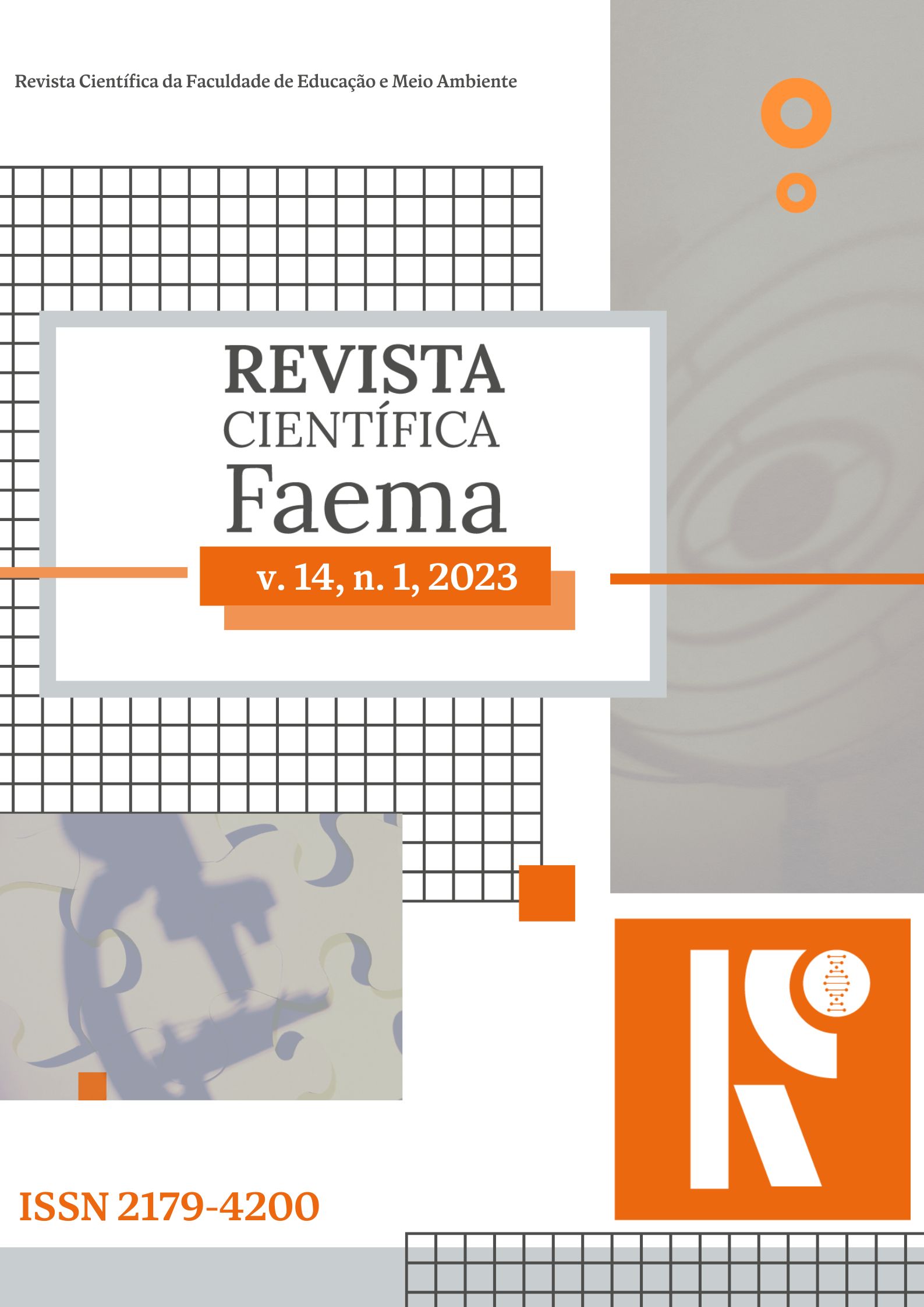TOURIST LOAD CAPACITY AS A TOOL FOR THE SUSTAINABLE MANAGEMENT OF THE GUAJARÁ MIRIM STATE PARK, RONDÔNIA, WESTERN AMAZON
Conteúdo do artigo principal
Resumo
Ecotourism has been considered by many authors as the economic segment of tourism with the highest annual growth rates. In Brazil, the Amazon has been stimulating national and international interest for the on-site experience of this activity due to its rich biodiversity. And in this context, the tourist carrying capacity assumes a fundamental role in dimensioning the structure, organization and management of these enterprises. The general objective was to analyze, through the Miguel Cifuentes Method, the Tourist Load Capacity of the Guajará Mirim State Park, Western Amazon, in order to contribute to studies focused on the environmental management of this UC. The main results in the form of effective carrying capacity reached a quantity of 14.7 visitors per day (Trail 1), 130.07 visitors per day (Trail 2) and 107.32 visitors per day (Trail 3). The results ratify the difficult reality of Conservation Units in the Amazon, from the point of view of sustainability focused on ecotourism. It is evident that the low tourist load capacity of the Guajará Mirim State Park is due to the deficiency of the ecotourism policy in this UC, which reflects on the inexpressive internal infrastructure of the Park and on the management of these spaces as elements of ecotourism. However, it is worth highlighting the potential of the Guajará Mirim State Park as the locus of ecotourism in the border region between Rondônia (Brazil) and Beni (Bolivia).


